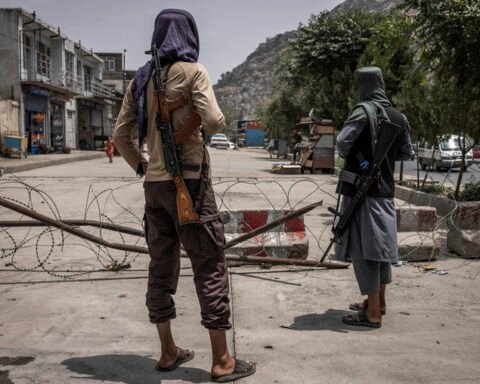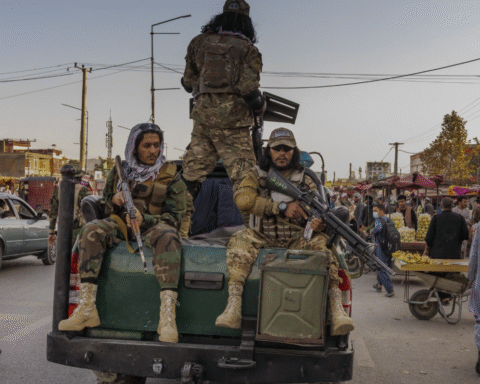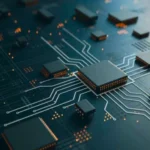The study of artificial intelligence no longer remains a work of scholars, but one of the most life-altering and potentially disruptive tools to have existed. With issues of content creation, behavioural prediction, decision-making automation, and so on, by the time we reach the halfway point of 2025, the power of AI is not only transforming the workplace; it is changing geopolitics, the security paradigm, and the nature of discourse. Meanwhile AI-driven instruments have also demonstrated to be an effective tool in the hands of the wrong people facilitating cyber-attacks, propaganda and the corruption of economic structures. The impending collision of AI with other emerging technologies, including the quantum version of it, may become an existential threat to the digital infrastructure, civil liberties and the overall economy of the world.
The only question to be asked is no longer a debate on whether we should introduce some sort of global regulation of artificial intelligence, but how soon and how efficiently we are going to introduce a framework of standards that ensures that innovation is carefully balanced with safety. How the world reacts to the threats it faces determines our future in terms of digital stability.
Cyber Threats Are Already Here and Growing
Fragments of information on steep rises in the number of AI-contributed cyberattacks have been witnessed in several countries over the past few months. These are advanced phishing attacks made with large language models (LLMs), AI-generated malware that can dynamically evolve to avoid detection, and machine-made social media accounts that can be used to hack opinion in election trends in free elections. The financial sector is particularly notable here as well, because now the algorithms which can take advantage of weaknesses in the market, or create flash crashes within seconds are already being put to trial in the hidden networks.
This trend is a great cause of concern, as seen by the increase in autonomous attacks on a system like botnets that can stage mass denial-of-service (DDoS) attacks without the input of human operators. With relatively low resources, these technologies may be constructed, and now rogue actors, criminal cartels, and even ideologically driven hackers may destroy them through devastating attacks previously the exclusive province of nation-states.
Quantum Computing Will Magnify the Threat
This situation could exponentially be aggravated by quantum computing, which is in its babyhood stage. The utilization of quantum computers when they are strong enough would make the old cryptography techniques used in the world today that form the basis of the global financial system, communications, and national defence structure useless. The fear is that malicious users can be hoarding the data today, in the hope that they can decrypt it later when quantum computers are ready, so-called harvest now decrypt later.
The consequence of combining AI tools and quantum algorithms may be disastrous. The notion of placing ultra-secret state information on a quantum encryption system or knocking that power grid of a competitor nation out of commission is not too far-fetched. In the absence of a global coordination this technological race to greatness can trigger an arms race in cyber security with potentially devastating consequences to international security.
Why National Regulations Won’t Be Enough
Numerous nations, especially in Europe and North America, have presented domestic AI laws. The European Union AI Act is also heading in the right direction to index the AI systems based on their risks and design compliance requirements based on the categories. Equally, the United States has published executive orders to facilitate safe and reliable AI.
Nevertheless, the nationwide rules are limited to borders, and attackers are not. Models trained in a country can have an impact on millions of others. It is possible that the malware programmed in a dorm room in Sao Paulo could bring a healthcare facility in Paris to a standstill. An information warfare initiated in Moscow could affect an election in Manila. The transnational and decentralized character of digital infrastructure requires the international reaction that cannot be resolved by domestic legislation.
Unless there is consensus around some of the most critical questions, like what constitutes an unacceptable risk, how AI systems should be monitored and what sort of liabilities can be meted out to the developers, bad actors will only shift to those jurisdictions that have lax controls. The outcome will be a divided system that could be taken advantage of.
Precedents for Global Tech Governance
International governance of AI is a utopian dream, yet history offers a convincing projection of cross-border collaboration of a highly technical nature. Recent Global Digital Compact debates in United Nations, the Nuclear Non-Proliferation Treaty (NPT), the International Telecommunication Union (ITU), and even recent debates on the ICANN-IANA regime all show that multi-lateral agreements are conceivable under the right circumstances.
The same thing may be the case with a successful international AI framework. It would involve creating a treaty-bound institution that can enforce policies and peer-review assessment of high-risk AI models and common datasets to track abuse around the world. It may admit some limitation to allow only special ethically and safety compliant users to use high end computing resources, such as GPU clusters. International governance of AI is a utopian dream, yet history offers a convincing projection of cross-border collaboration of a highly technical nature.








